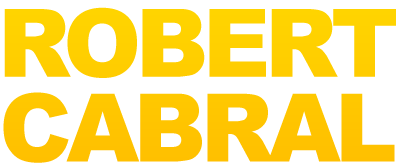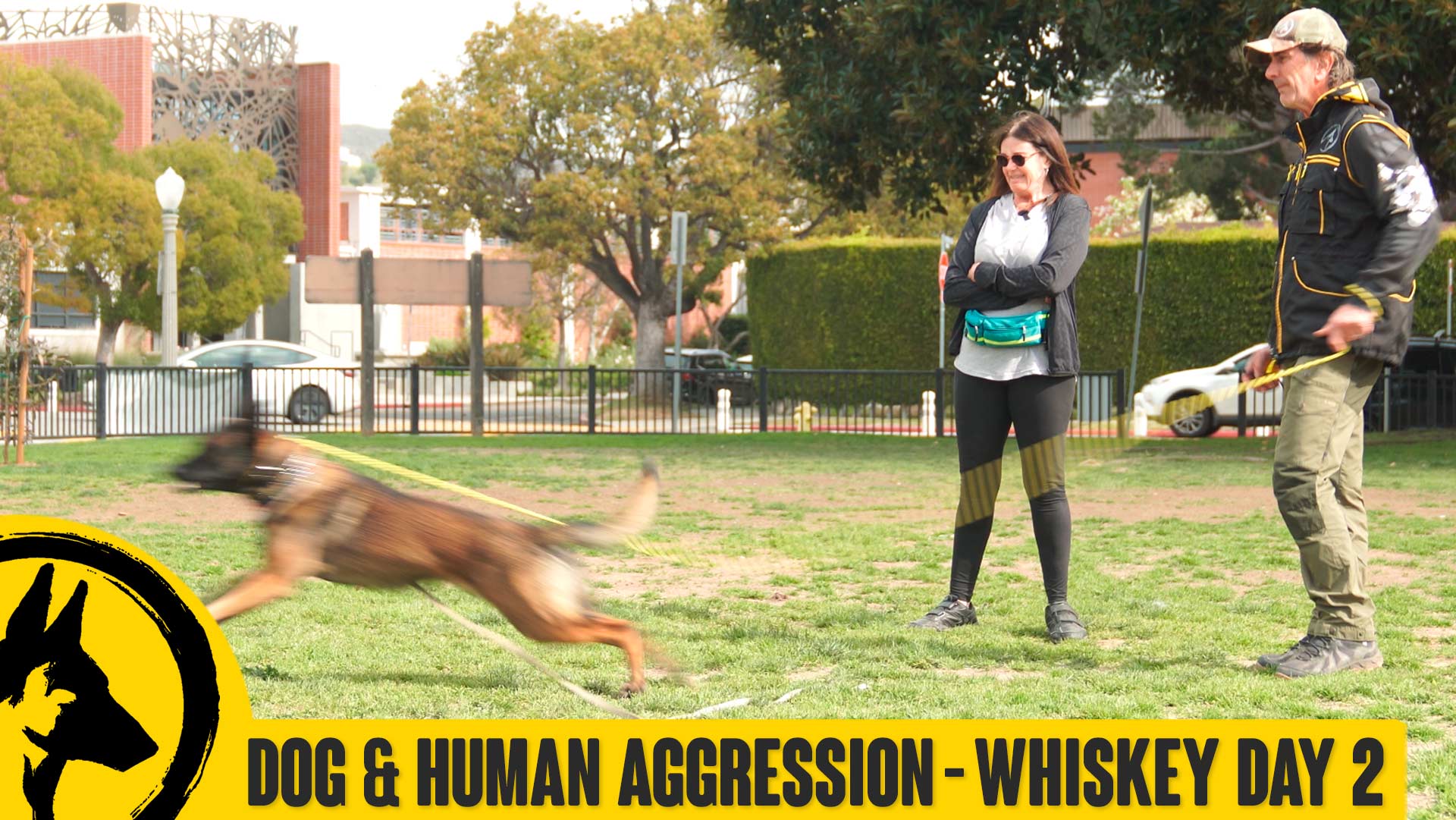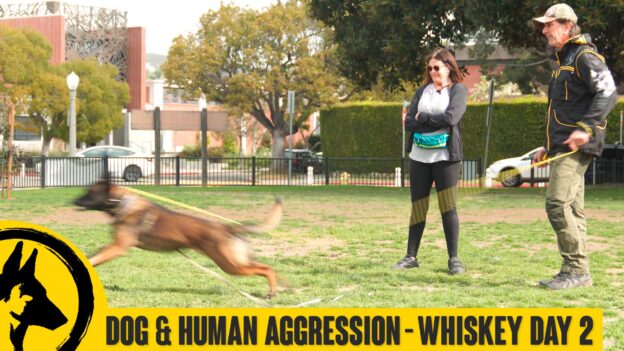This is not the kind of video lesson that I enjoy posting, but I have to be totally honest with you. Integrity is such a big part of who I am. Even if people don’t like me, I’d rather they know the truth and dislike me for that, rather than liking me for an illusion or a lie. So, in saying all of that, I see so many posts about working with aggression in which they cut out the stuff they don’t want you to see.
This was day 2 with Whiskey and Lisette. And even though Whiskey had absorbed some of what we taught in lesson #1, there were some more challenges here. As you will see, he tried to come after me a few times when I didn’t accept his bad behavior and corrected him for it. This is not uncommon, especially for a dog like Whiskey. The corrections you see did a couple of things…. MOST importantly, they kept me safe. As well, they taught Whiskey that bad behavior is not acceptable. And finally, something sunk in, because by the end of the session, you will see, he was much much better with all of the dogs in our group.
I have handled aggression many times, and as my buddy Steve says, “It’s kind of like making sausage, it’s not pretty. But everyone likes the result,” As was the situation here. Please understand that you should NEVER attempt to do what I did here unless you are a professional and are totally aware that you might get bit. So, why am I showing you the video? Most importantly, to show you that there is a lot that goes into aggression, and there are dogs that don’t just take a little tap on the collar correction and comply. Some need a lot more. And, you’re either prepared to do that, or put the dog down. Also, there are a lot of great learning moments in the video aside from where he came after me. Lisette did a very good job in this session, after we got past the first 15 minutes or so.
Watch the lesson carefully, AND understand, your number 1 goal is to stay safe. Dog bites are not fun and they almost always end up more consequential for the dog than the person. The person gets stitches, the dog gets killed. Getting this type of behavior managed requires lots of training and structure, and most people are not prepared to do that, so they allow it to continue and hope for the best. There are very few options when a dog turns on you. Disabling the dog from being able to bite you is the safest. Notice also, that I never yelled at Whiskey or got punitive after his misbehaviors. I corrected him when he needed it, praised him when he did good and focused on making this a learning lesson for him.



